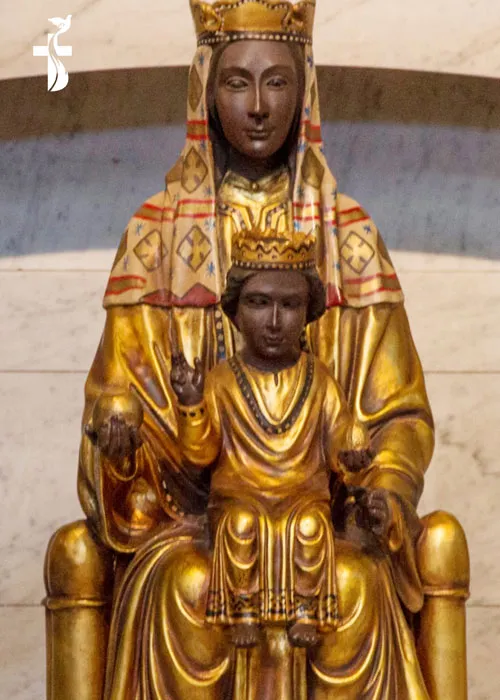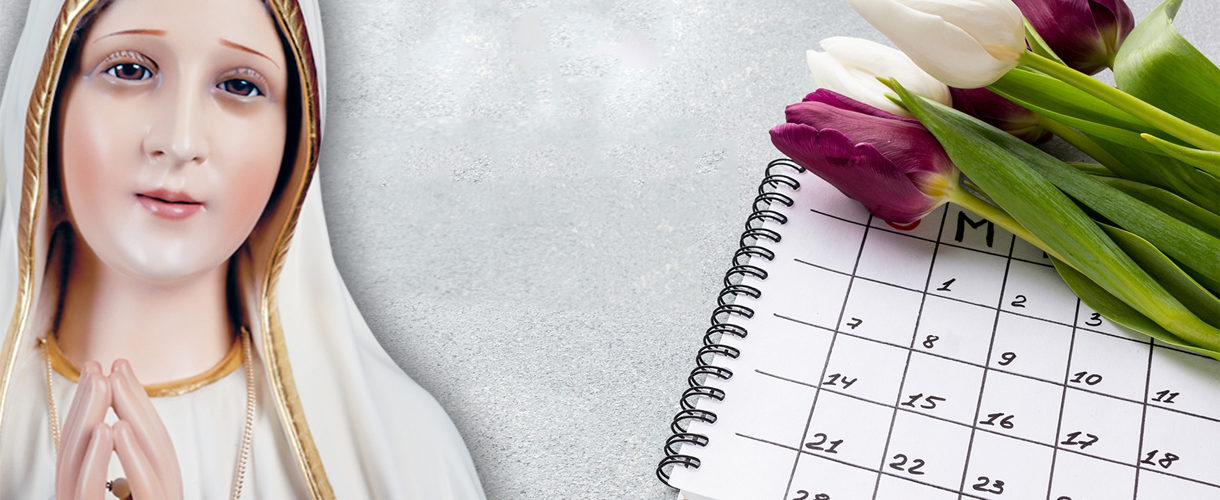
Our Lady Of Montserrat
Country : Spain
Year : 1535
Montserrat, or “saw-tooth mountain”, which Our Lady chose for her shrine is believed to have an intrinsic holiness. Its highest peak bears the name “Tibi Dauo Mountain” because it is believed that there, tradition says, is where the devil took Christ after His forty-day fast to show Him the cities of the world. Legend also has it that Montserrat was the site of the Holy Grail.
Montserrat is the mecca of pilgrims and the “Niagara Falls” of most Spanish newlyweds. What better spot for a honeymoon than under the shadow of the Queen of all wives and mothers.
The one and only “Lady of Spain: reigns from the lofty heights of Montserrat. We find the magnetic image of the Virgin smiling down from her place of honor above the main altar of the basilica. She seems to whisper, “I’ve been waiting a long time for you.” The statue is four feet high, wooden, blackened from the smoke of innumerable candles which have burned before her through the ages. She is seated on a chair and holds her Divine Son who has a fir apple in His hand. Mary is clothed in a golden mantle a tunic and a veil of diverse colors. The infant wears a simple tunic, and He and His Mother wear matching wooden crowns.
The origin of the statue and the manner in which it came to a lowly grotto in the mountain side is not supported by any written statement or document, but is based exclusively upon an uninterpreted folklore describing its miraculous descent from heaven.
The legends date from the 9th century when it is believed that hermits who dwelt in caves kept watch over a tiny chapel known as Santa Maria de Montserrat. Reliable documents prove that a great monastic center was founded among the same cliffs in the 11th century and that a small dark statue like the Madonna, drew the kings of Aragon, the monarchs of Spain, the emperor Charles V, as well as saints, celebrities, and common folk to the difficult mountain, where arduous pilgrimages terminated and wondrous miracles were wrought. The original chapel underwent many changes until the 16th century when the basilica was constructed.



